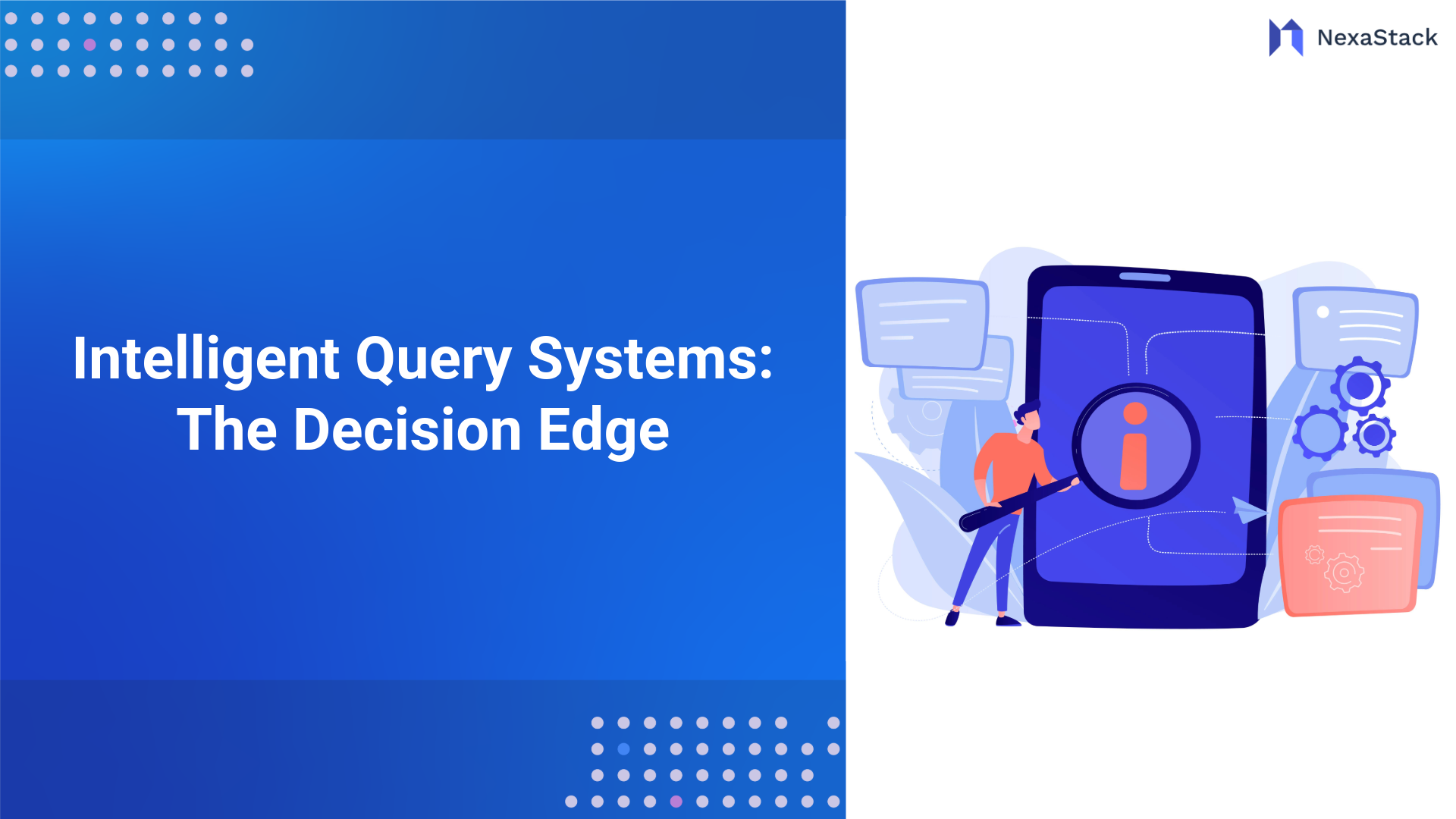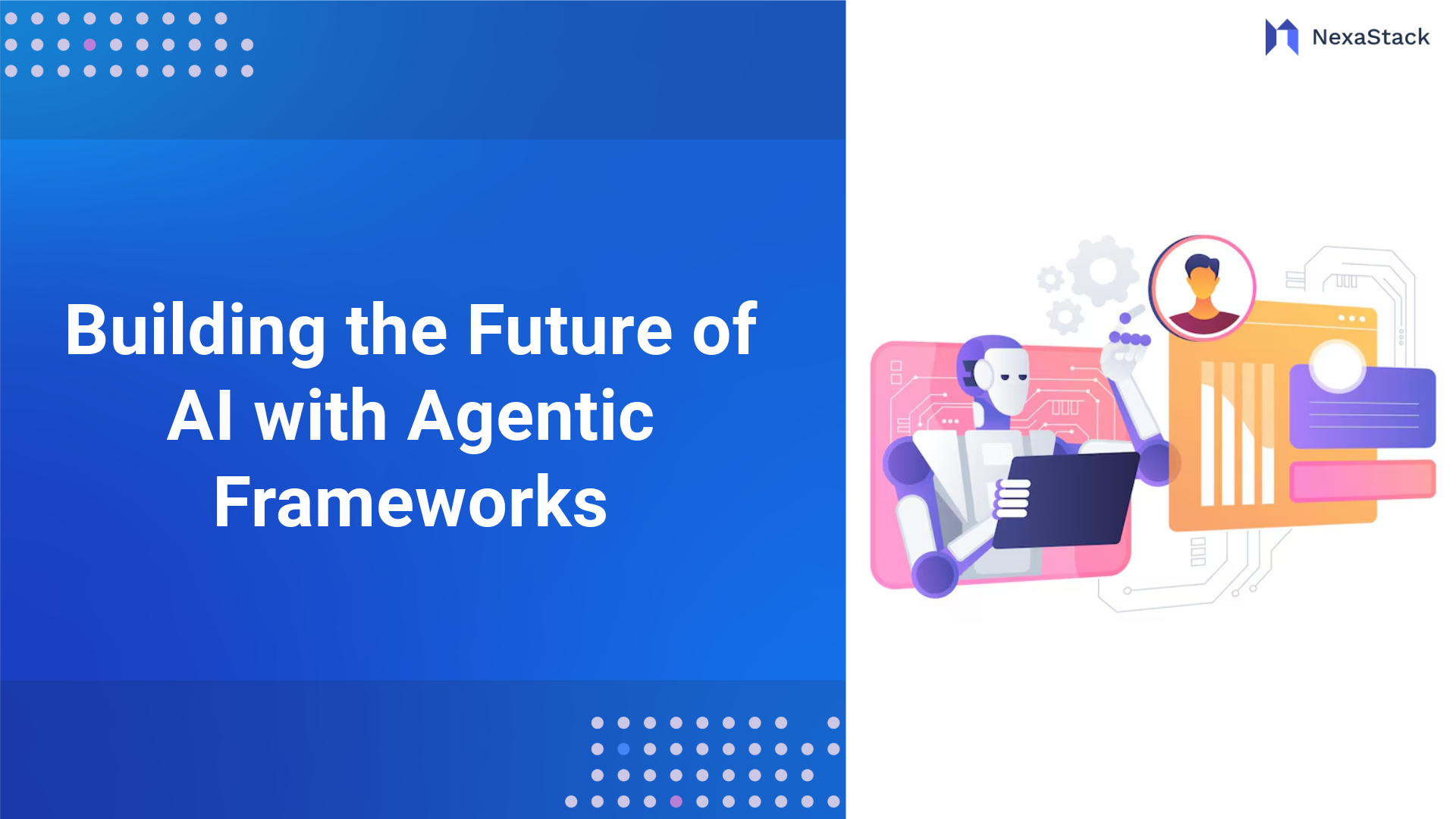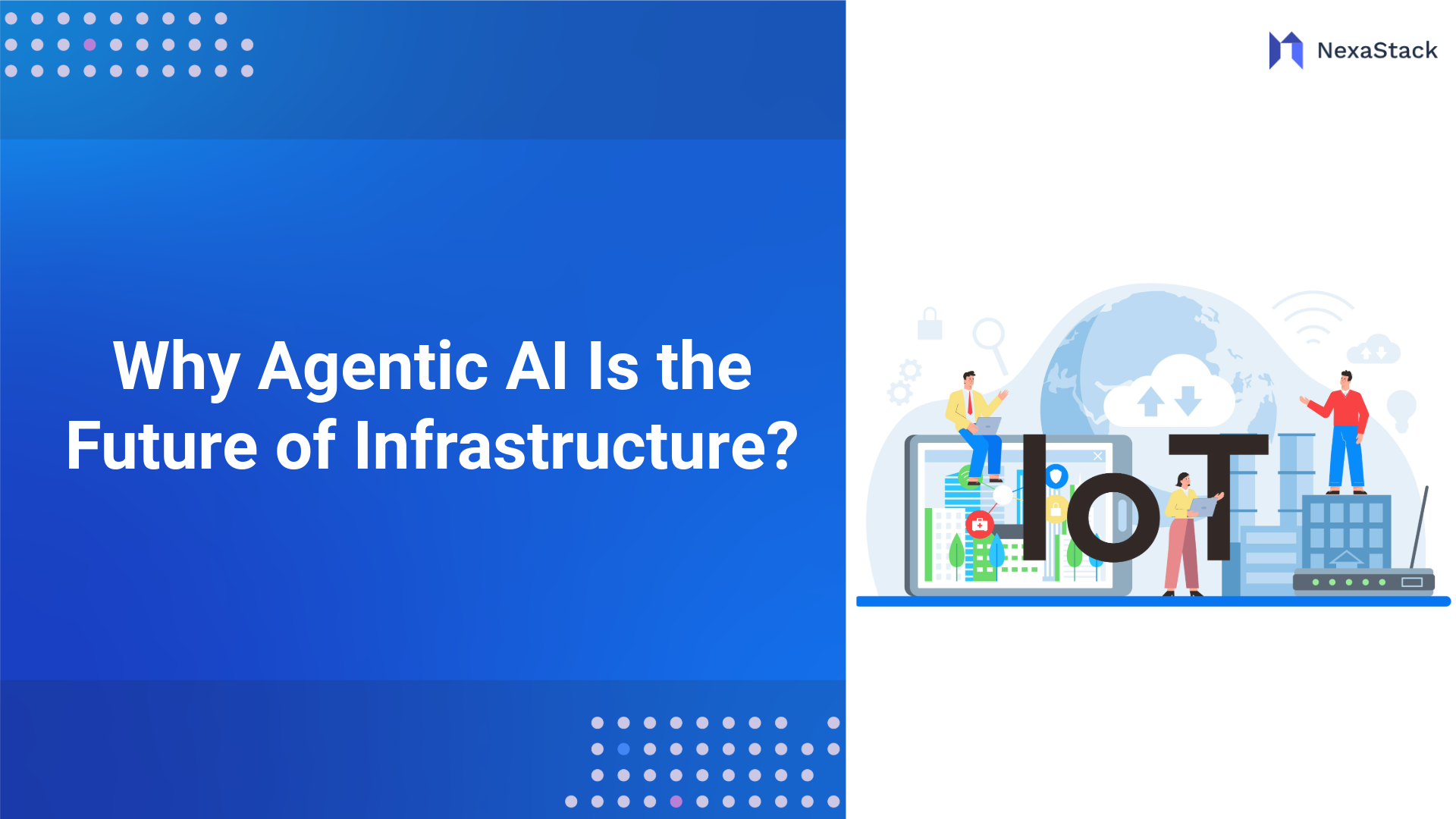Why AI Agents Are Redefining Enterprise Intelligence
How AI Agents Are Changing Enterprise Intelligence
AI is entering a new era — one powered by autonomous agents. Agents act independently unlike older models that wait for prompts or follow rules. They think through tasks, adapt to change, and improve based on feedback.
This makes them ideal for managing complex systems that span teams, data, and tools.
What Makes AI Agents Powerful:
-
Autonomous Action: Agents work without step-by-step instructions. They respond to policies, triggers, and goals in real time.
-
Specialized Skills: Each agent has a focused role, such as monitoring security issues, scaling infrastructure, or improving user experience.
-
Teamwork: Agents talk to each other, building intelligent workflows that cross systems and departments.
-
Context Awareness: Agents remember what they’ve done and understand their environment, helping them make better decisions.
-
Self-Improvement: Agents learn from results and tune their strategies over time.
Examples in Action:
-
A security agent enforces encryption across data flows.
-
A FinOps agent analyzes cloud spend and suggests optimizations.
-
An evaluation agent checks model performance and triggers retraining if needed.
By using these agents throughout the AI lifecycle, enterprises gain automation, resilience, and more innovative architecture — all while staying agile and future-ready.
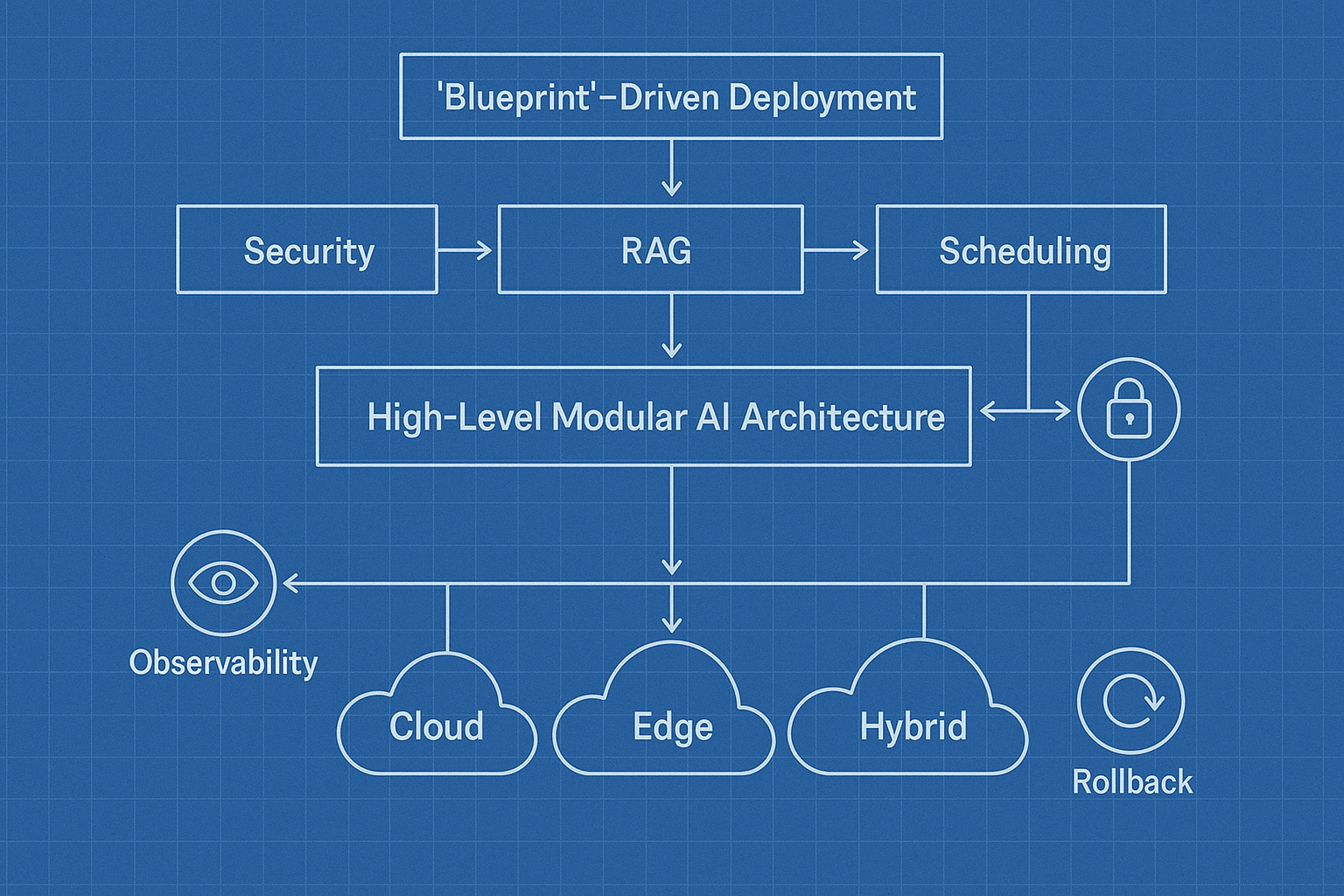
Common Blueprint-Driven Applications
-
Private AI Assistants: Custom language agents for internal teams that handle tasks such as documentation, scheduling, and technical support.
-
Secure RAG Pipelines: Retrieval-augmented generation systems integrated with access control, document classification, and source filtering.
-
Edge AI for Vision Systems: On-device intelligence for real-time detection, quality control, or environment sensing in manufacturing or urban environments.
-
Multimodal Chat Interfaces: Systems that combine voice, text, and visual input to deliver intelligent interactions across customer-facing touchpoints
Each blueprint combines essential components such as model selection, prompt templates, monitoring hooks, and infrastructure requirements. They are designed to be modular, meaning they can plug into existing systems without major overhauls.
Strategic Benefits of Blueprint-First Deployment
-
Faster time to production with tested, repeatable components.
-
Improved reliability through built-in observability and rollback mechanisms.
-
Security by design using predefined encryption, role-based access, and logging.
-
Flexibility to deploy across environments, including cloud, edge, and hybrid systems.
These modular strategies offer a clear path forward for organizations that want to stay ahead. They reduce development friction and allow AI teams to focus on delivering value rather than managing infrastructure.
Operationalizing Trust with Governance and Observability
As AI systems expand in capability and reach, robust governance and observability are no longer optional. They are essential. Organisations must ensure that their AI infrastructure operates securely, complies with regulations, and delivers explainable outcomes. These elements are foundational to building trust with users, stakeholders, and regulators.
Modern AI systems are not just about performance. They must also be accountable. Enterprises are embedding security, monitoring, and compliance checks directly into their pipelines to ensure responsible intelligence scaling.
Key Components of Responsible AI Infrastructure
-
Encryption and Access Control: Sensitive data is protected using standards like AES-256 and Transport Layer Security. Access is governed through role-based policies and multi-factor authentication.
-
Drift Detection and Rollback: Models are continuously monitored for performance degradation. If significant drift is detected, automated rollback mechanisms restore stable versions.
-
Policy Enforcement and Auditing: Every model interaction and decision can be logged, audited, and traced to ensure transparency. This is crucial for meeting regulatory standards like GDPR, HIPAA, or ISO 27001.
-
Real-Time Monitoring: Dashboards provide live visibility into model health, inference throughput, and resource utilization across environments.
-
Agent-Based Alerts: Specialized agents can trigger alerts when anomalies occur, whether in prediction confidence, latency, or external threats.
By designing observability and governance into the core of the AI pipeline, organizations move beyond reactive responses to proactive assurance. They gain the ability to detect issues early, act with confidence, and ensure that their AI systems remain compliant as regulations evolve. Operational trust is what enables scale. It transforms AI from a tool into a strategic asset that can be relied on in high-stakes environments.
Practical Applications Across Key Industries
The impact of AI agents is not confined to a single domain. Across industries, organisations are adopting intelligent, modular systems to solve long-standing challenges and unlock new forms of value. By integrating specialised agents into existing workflows, businesses are achieving better accuracy, faster decision-making, and improved compliance at scale.
Each sector has its complexities. Agentic frameworks allow for tailored, context-aware solutions that adapt in real time and operate efficiently across diverse environments.
Examples of Sector-Specific Applications
Healthcare
-
Modern clinical AI assistants are being deployed to support medical staff by summarizing patient histories and recommending treatment options. For example, Microsoft's Nuance DAX uses ambient clinical intelligence to document real-time patient encounters, improving provider efficiency and reducing burnout.
-
Privacy-aware agents are critical in environments governed by HIPAA and other regulations. Solutions like AWS HealthLake support secure, compliant handling of patient records with built-in auditing and encryption. These agents ensure that sensitive data remains protected across inference workflows.
Manufacturing
-
Manufacturing firms are adopting vision-based agents for automated quality inspection. Siemens Industrial Edge integrates on-device machine vision to detect surface defects and production anomalies in real time, helping reduce waste and improve yield.
-
Predictive maintenance systems like Uptake Fusion use AI agents to analyse sensor patterns and anticipate equipment failure before it occurs. This minimises downtime, optimises asset utilisation, and improves safety across large-scale operations.
Finance
-
In the financial sector, AI agents monitor transactions and detect fraud patterns. Feedzai’s RiskOps Platform combines real-time decision-making with explainable AI to flag high-risk activities and automatically escalate threats across digital banking channels.
-
Intelligent agents that manage costs and scale infrastructure dynamically are transforming financial optimisation. Platforms like Kubecost provide real-time visibility into Kubernetes resource usage, enabling finance teams to collaborate with DevOps for efficient budget planning and compute optimisation.
These use cases share a few common threads. They rely on decentralized intelligence, secure communication, and autonomous decision-making. Most importantly, they demonstrate that AI agents are not just experimental tools. They are becoming integral to modern organisations operating in high-complexity, high-responsibility environments.
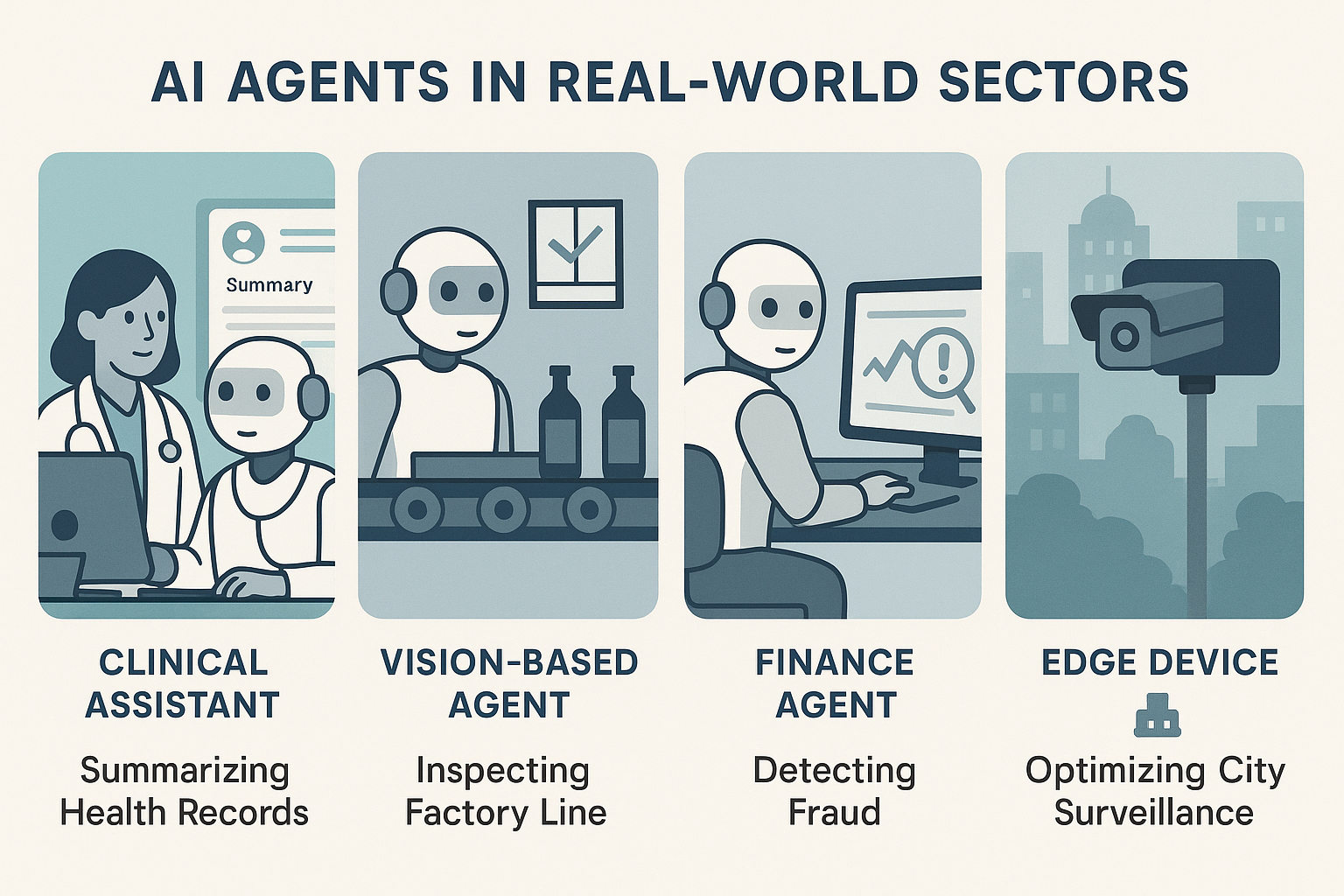 Fig 2. How AI Agents Are Transforming Industry Workflows
Fig 2. How AI Agents Are Transforming Industry WorkflowsThe move toward industry-specific AI solutions powered by intelligent agents sets a new standard. These solutions enable businesses to address their unique needs with precision and agility while maintaining compliance and reliability.
Strategic Considerations for 2025 and Beyond
As AI matures, the conversation is shifting from innovation to integration. Strategic positioning in 2025 requires more than adopting new tools. It calls for a redefinition of how intelligence is embedded into the core of enterprise infrastructure. AI agents, modular blueprints, and secure observability are not just features. They are building blocks for sustained competitive advantage.
To lead in this evolving environment, organizations must align their AI initiatives with long-term priorities such as resilience, cost efficiency, compliance, and cross-functional automation. Successful enterprise strategies will be characterised by the ability to rapidly deploy intelligence at the edge, adapt to new regulations, and optimise performance and budget.
Conclusion: Preparing for an Autonomous AI Future
Artificial intelligence in 2025 is not about chasing trends. It is about making foundational choices that shape how organizations operate, compete, and evolve. The rise of agentic systems signals a turning point where automation becomes intelligent, infrastructure becomes adaptive, and strategy becomes inseparable from AI capability.
Success will come to those who treat AI not as an add-on but as a core operational layer. By embracing modular blueprints, governance by design, and intelligence that can act independently, businesses position themselves for a future where agility and trust matter as much as performance.
The shift is already happening. The opportunity now is to move to design AI systems that are responsible, resilient, and ready for whatever comes next.




